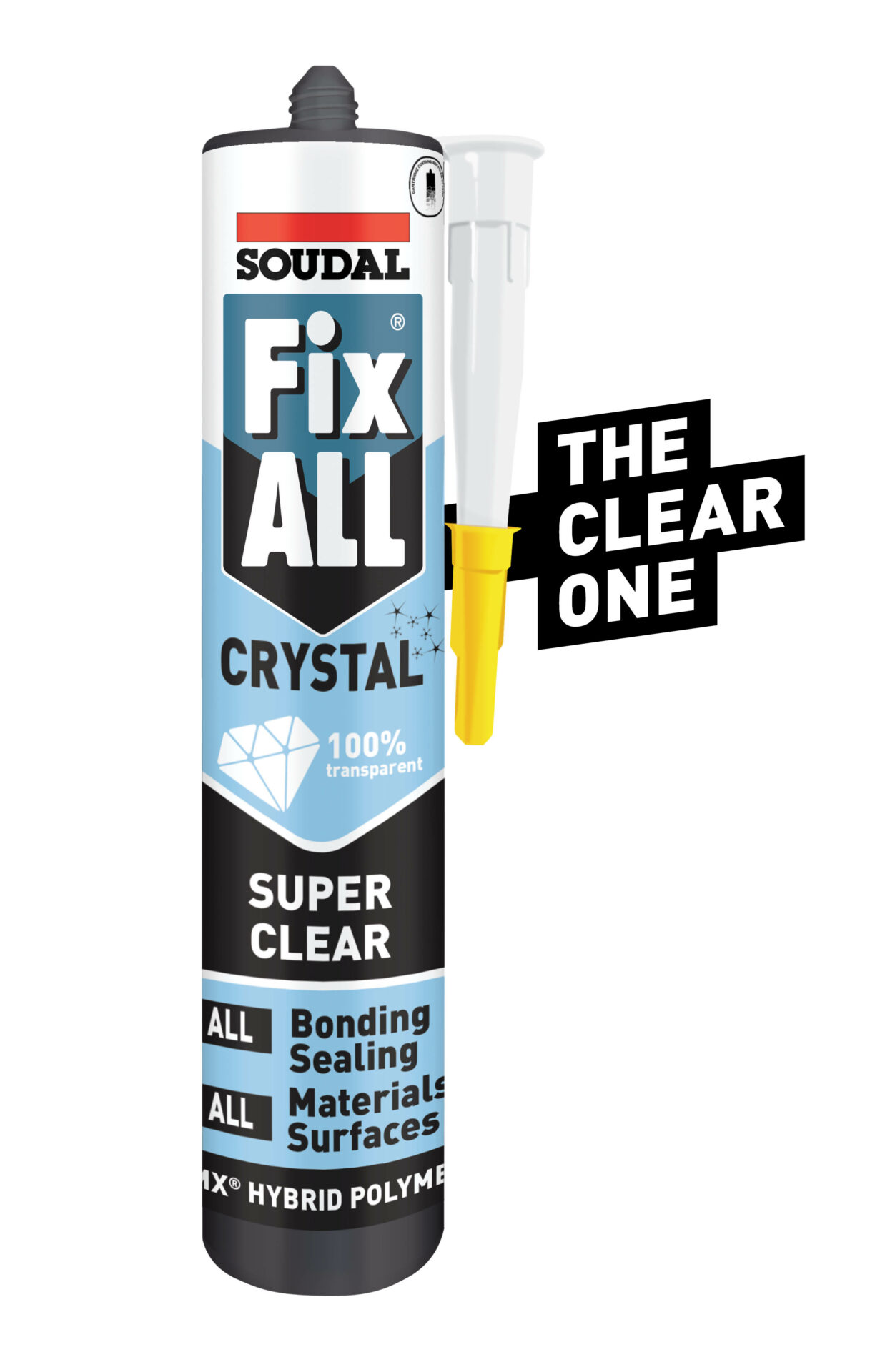Professional Installation of Interior Doors: What You Need to Know
Key Takeaways:
- Interior doors impact both aesthetics and functionality in your home.
- Choosing the right door is essential for your space’s design and energy efficiency.
- Professional installation ensures a seamless fit and long-lasting performance.
- Using the right products, like Soudal Pro Expanding Foam, ensures optimal sealing and insulation.
Why Interior Doors Matter in Home Design
Interior doors are more than just functional barriers, they’re design features that influence the overall aesthetic and atmosphere of a home. The right door enhances interior style, contributes to noise reduction, improves thermal insulation between rooms, and creates seamless transitions between spaces.
When professionally installed, interior doors provide:
- A polished and cohesive appearance
- Smooth, reliable operation
- Effective sound and heat insulation
- Increased property value
Choosing the Right Interior Door for Your Home
Before installation, it’s essential to select a door that aligns with both functional needs and design preferences. Here’s a look at some of the most common door types:
Wooden Interior Doors
Wooden doors offer a timeless, natural look and feel. Whether you prefer rustic, traditional, or minimalist interiors, wood is a versatile option that complements any décor. Key benefits include:
- Strong aesthetic appeal
- Excellent sound and thermal insulation
- Sustainable and recyclable material options
Keep in mind that wooden doors may require periodic maintenance, depending on the finish and level of humidity in the environment.
Glass Interior Doors
Glass doors add a modern and airy touch to interiors, often used to visually open up spaces or bring in natural light. They’re particularly popular in offices and contemporary homes. Options include:
- Clear glass for light flow between rooms
- Frosted or textured glass for privacy with a sleek design

Key Steps in the Professional Installation Process
A high-quality door installation requires technical precision, proper materials, and careful preparation. Below is an overview of how professionals ensure optimal results:
1. Precise Measurements of the Opening
Professional installers begin by accurately measuring:
- Height and width of the wall opening
- Depth of the wall to ensure correct frame sizing
This ensures a seamless fit and avoids gaps or misalignment during installation.
2. Determining Door Swing Direction
Installers will confirm the opening direction, either left-handed or right-handed, based on hinge placement and room layout. This step optimises ease of use and room functionality.
Installing the Door Frame
3. Frame Insertion and Alignment
Once the door is selected and the opening is prepared:
- The frame is placed into the wall opening
- Alignment is checked with a level to ensure vertical and horizontal accuracy
- Wedges or cross-braces are used to secure the frame in place before foaming
4. Surface Preparation
The wall around the frame must be thoroughly cleaned, free from dust, grease, or debris, to ensure strong adhesion and a clean finish. Surface preparation also prevents potential installation issues later.
Sealing and Insulation
5. Moistening Surfaces for Better Adhesion
Before applying installation foam, surfaces are lightly moistened. This step improves foam adhesion and ensures even expansion and curing.
6. Foam Application for Secure Fit
A professional-grade polyurethane foam, such as Soudal Pro Expanding Foam or Soudal Pro Genius Gun, is used to fill the cavity between the door frame and the wall. This foam:
- Provides strong adhesion without mechanical fasteners
- Improves sound and thermal insulation
- Expands to fill gaps and ensures airtight sealing
Tip: Only fill the gap to about 50%, the foam will expand to fill the space completely.
After curing, any excess foam is trimmed away to prepare for final touches.
Final Steps: Door Leaf & Handle Installation
7. Hanging the Door Panel
Once the foam has cured and the frame is secure, the door leaf is carefully aligned and attached to the hinges or pivot points.
8. Installing Handles and Accessories
The final stage involves installing the hardware handles, locks, latches and any trim or finishing accessories. Products like FixALL High Tack adhesive are often used to securely attach cover strips or decorative elements without visible fasteners.
At this point, the door is fully functional and ready for use.
Why Professional Door Installation Matters
Professional interior door installation offers long-term performance, precise alignment, and an aesthetically pleasing finish. While it may seem straightforward, correct installation requires technical skill, appropriate tools, and product knowledge.
Key advantages of professional installation include:
- Precise fit and smooth operation
- Long-lasting performance with minimal maintenance
- Enhanced energy efficiency and soundproofing
- Clean, polished aesthetic
Whether you’re building new or refreshing your home’s look, investing in professional door installation ensures a high-quality result that complements your interior design.
FAQs
Why should I hire a professional to install my interior doors?
Professional installers ensure precise measurements, proper alignment, and a seamless finish, preventing issues with door functionality and aesthetics.
Can I install an interior door myself?
While DIY is possible, professional installation ensures a precise fit, proper insulation, and smooth operation, especially for high-quality materials.
What materials are best for interior doors?
Wooden doors are great for warmth and insulation, glass doors are perfect for modern spaces and light flow, and stone composite doors offer durability and a high-end aesthetic.
What is the best foam for door frame insulation?
Soudal Pro Expanding Foam is ideal for providing strong adhesion and improving thermal and sound insulation around door frames.

